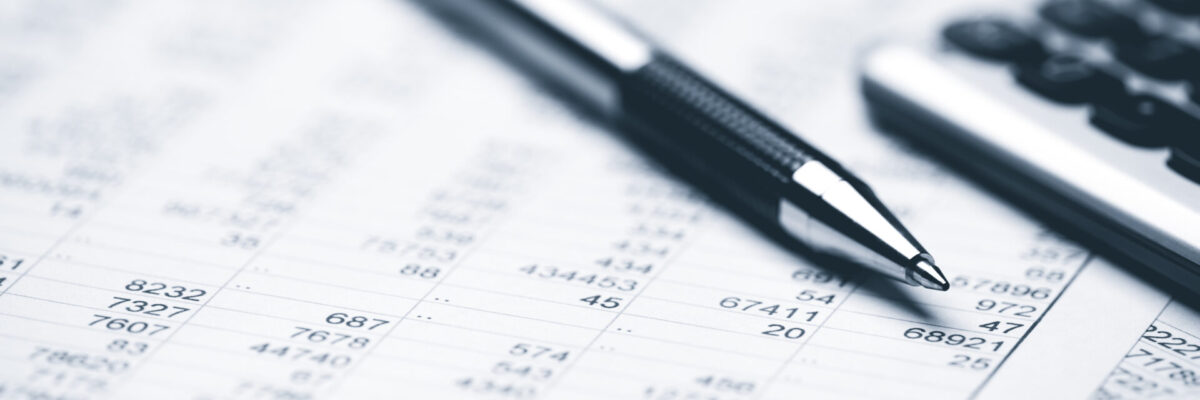A depreciation schedule is an essential tool for any residential property investor in Australia. It allows landlords to claim tax deductions for the gradual decline in value of certain assets within their rental properties, ultimately reducing taxable income and improving the property’s return on investment.
According to the Australian Taxation Office (ATO), specific rules apply to what can be depreciated and how deductions can be claimed, especially following legislative changes introduced from 2017 onward.
What Are Depreciating Assets?
Depreciating assets are items in a rental property that:
- Have a limited effective life
- Are expected to decline in value over time
- Are not part of the structural building itself
- Are separately identifiable and usually replaced periodically
Common examples include:
- Carpets
- Curtains and blinds
- Air conditioning units
- Kitchen appliances (fridges, ovens)
- Hot water systems
- Furniture
Items like land and building structure itself (e.g., walls, bricks, concrete foundations) are not considered depreciating assets and are typically subject to capital works deductions instead.

Claiming Deductions for Depreciating Assets
Under the uniform capital allowance (UCA) system, property owners can claim deductions over an asset’s effective life. The deduction begins from the date the asset is first used, or installed ready for use, in an income-producing activity.
If an asset is used for both private and rental purposes, deductions must be reduced to reflect only the income-producing portion of use.
Immediate Deductions for Low-Cost Assets
You can claim an immediate deduction for assets costing $300 or less, provided they are:
- Not part of a set of assets that together cost more than $300
- Not substantially identical to other assets acquired at the same time
- Used exclusively for income-producing purposes
For instance, a single $250 lamp used in a rental bedroom can be deducted immediately. However, four identical dining chairs at $250 each would not qualify for immediate deduction if they are considered part of a set.
Depreciation Methods
There are two methods available to calculate asset depreciation:
- Diminishing Value Method
This method assumes greater depreciation in the early years of an asset’s life.
Formula:
Base value × (days held ÷ 365) × (200% ÷ effective life) - Prime Cost Method
This method spreads depreciation evenly over the asset’s effective life.
Formula:
Asset cost × (days held ÷ 365) × (100% ÷ effective life)
Once a method is chosen for an asset, it must be used consistently.

Second-Hand Depreciating Assets
Significant changes introduced from 1 July 2017 affect how investors can claim deductions on second-hand depreciating assets in residential rental properties.
In most cases, you cannot claim a depreciation deduction on a previously used asset if:
- You acquired the property or asset after 7:30 pm (AEST) on 9 May 2017
- The asset had been used by another entity (excluding trading stock) or for private purposes
- The property is being used for residential rental purposes
This applies even if the item was in good working order when acquired.
What qualifies as second-hand?
- Items used in your own home before renting the property
- Fixtures and fittings already present in a purchased property
- Assets purchased used (e.g., second-hand appliances or furniture)
Exceptions where depreciation can still be claimed:
- The asset was purchased before 9 May 2017 and installed in the rental property before 1 July 2017
- The asset is used in a property that is not residential accommodation (e.g. commercial use)
- You operate a business of letting rental properties
- The property is owned by a qualifying entity such as:
- A corporate tax entity
- A large super fund (not a self-managed super fund)
- A public unit trust or managed investment trust
Example Scenarios:
- Tim buys a property in 2024 with recently installed second-hand carpet. Even though it’s “as-new,” he can’t claim depreciation because the carpet was previously used and installed before his ownership.
- Eliza relocates her own dishwasher (used in her home) to a rental property. She cannot claim depreciation since it had prior personal use.
- Kendrick converts his old home into a rental after 1 July 2017. None of the existing assets that were used during his personal occupancy are eligible for depreciation.

Record Keeping & Depreciation Schedules
To accurately claim depreciation deductions, it’s essential to maintain proper documentation. This includes:
- A list of all depreciating assets and their purchase details
- Dates assets were acquired and installed
- Chosen depreciation method and effective life estimates
Many investors engage a qualified quantity surveyor to prepare a depreciation schedule. This document provides a comprehensive breakdown of eligible deductions and ensures compliance with ATO rules.
Depreciation schedules are not just a tax compliance tool—they’re a strategic advantage for savvy property investors. Understanding what can and cannot be claimed, especially under the newer second-hand asset rules, ensures you maximise your deductions while avoiding ATO scrutiny.
For the most accurate and up-to-date guidance, always refer directly to the ATO’s website.
Related Posts
A curated look at the latest headlines shaping Australia’s property landscape, from shifting buyer expectations to record-breaking investor activity and…
Australia’s housing market has accelerated sharply, with national house prices rising at their fastest pace in four years. The latest…
Queensland’s property market continues to soar in 2025, with both houses and units recording strong growth across metropolitan and regional…
Get an up to date obligation free market appraisal
One of our agents will visit your property to provide a professional, obligation-free market appraisal.
